It looks like you're using an Ad Blocker.
Please white-list or disable AboveTopSecret.com in your ad-blocking tool.
Thank you.
Some features of ATS will be disabled while you continue to use an ad-blocker.
11
share:
Hi All,
I thought that I was running out of material for a third thread...but apparently this universe has an endless supply of awesomeness..
Parts 1 and 2 can be found here: Part 1 and Part 2
I present part 3: There may be a few pix shown that are older, some newer, all the way up to ones taken this year..so enjoy!
******************************************************************************************************************************************************
All photos and captions are located Here
SEPTEMBER 26, 2014: On this day the sun erupted with a twisted blob of plasma that was part of a coronal mass ejection blasted into space.
These kinds of eruptions are usually caused by a disruption of powerful magnetic forces. The material seen here is ionized Helium at 60,000 degrees C. with wonderful details courtesy of NASA's Solar Dynamics Observatory showing the Sun in a wavelength of extreme UV light.
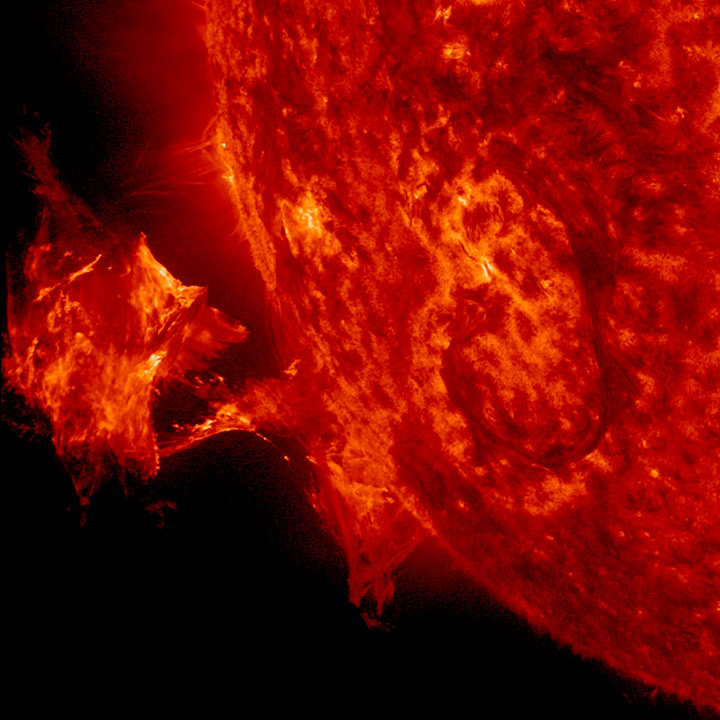
MAY 15, 2007: Astronomers using NASA's Hubble Space Telescope have discovered a ghostly ring of dark matter that formed long ago during a titanic collision between two massive galaxy clusters. The ring's discovery is among the strongest evidence yet that dark matter exists.
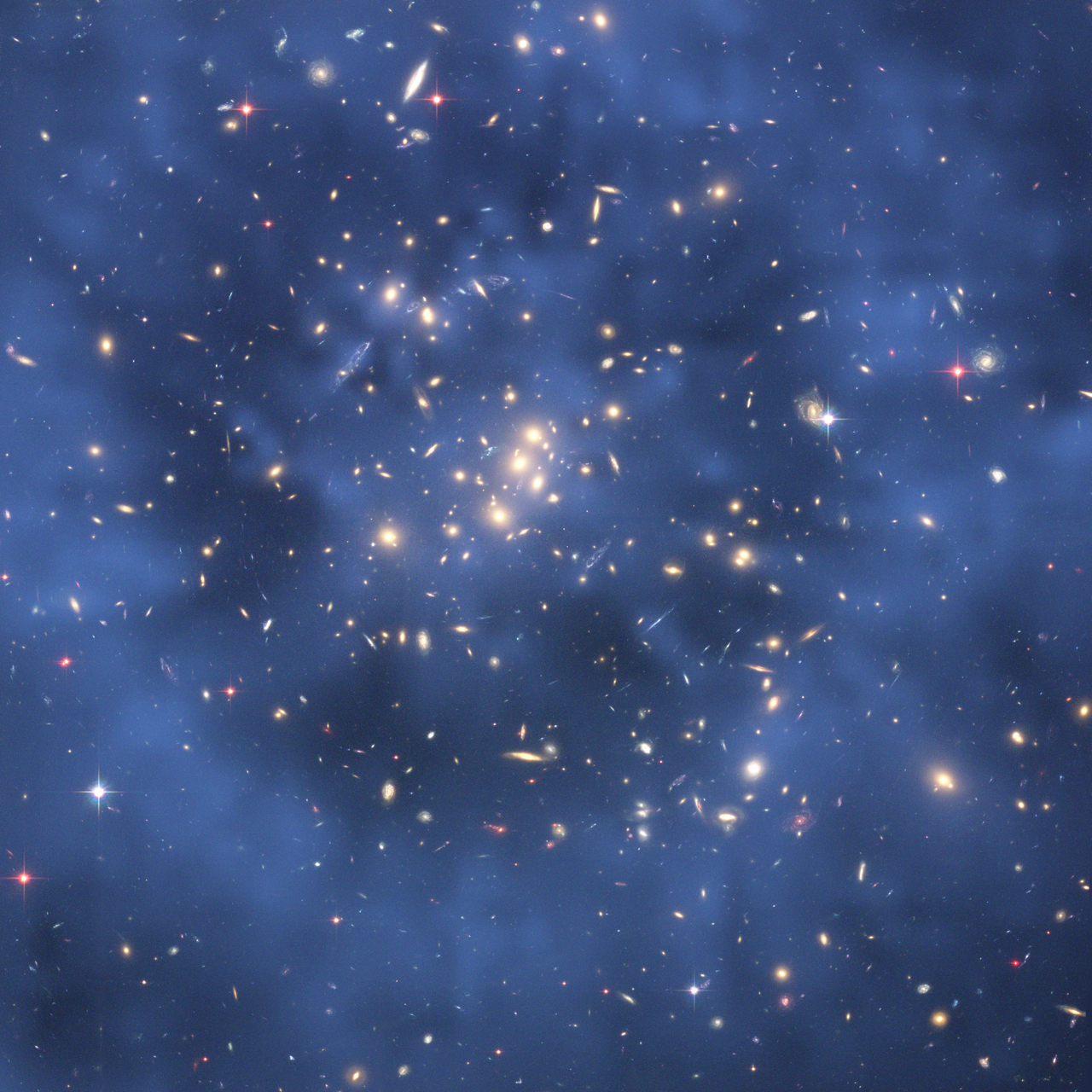
JANUARY 9, 2014: This huge Hubble Space Telescope mosaic, spanning a width of 600 light-years, shows a star factory of more the 800,000 stars being born.
The stars are embedded inside the Tarantula Nebula, a vibrant region of star birth that resides 170,000 light-years away in the Large Magellanic Cloud, a small, satellite galaxy of our Milky Way.
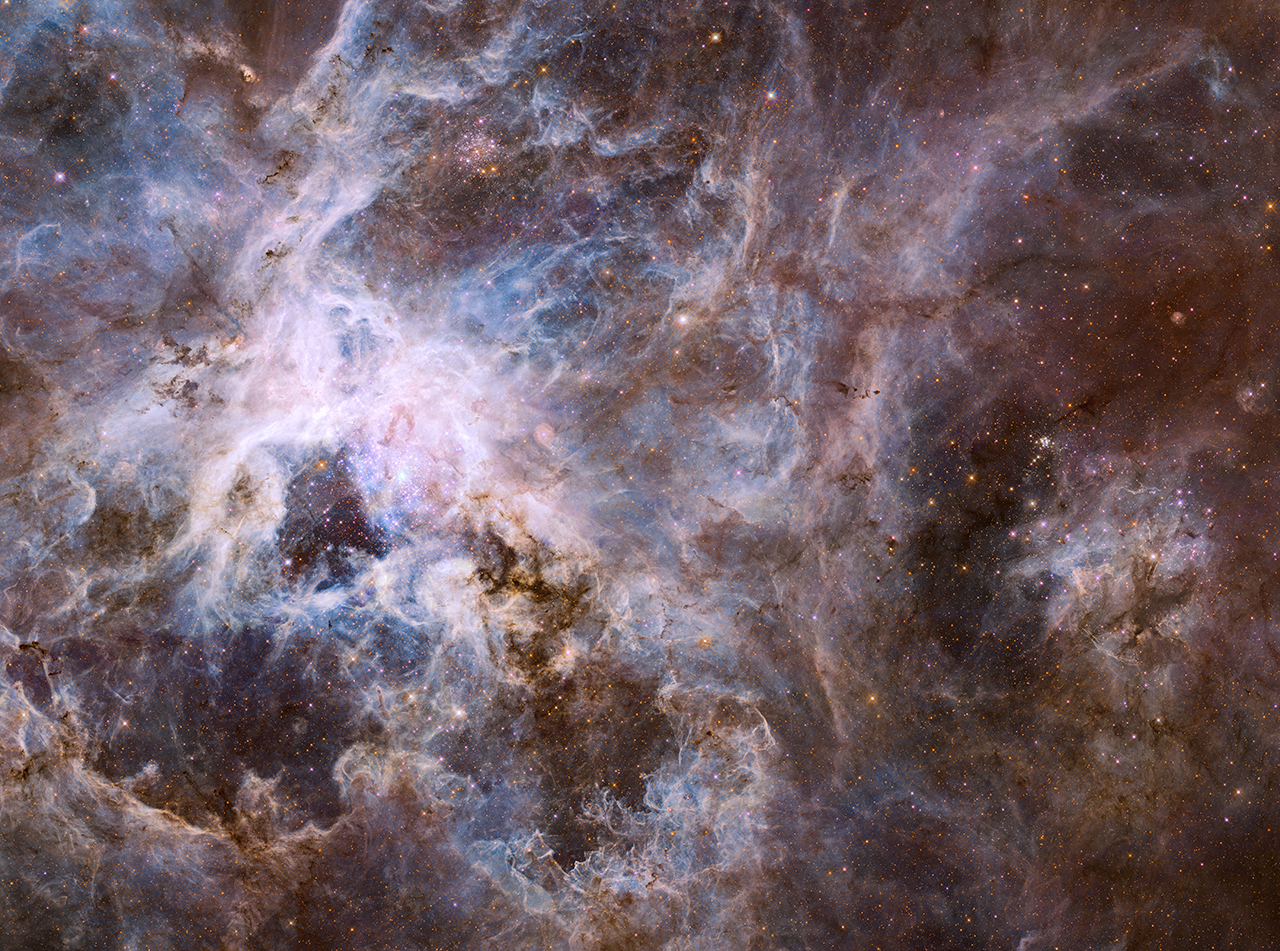
AUGUST 5, 2010: A beautiful new image of two colliding galaxies has been released by NASA's Great Observatories. The Antennae galaxies, located about 62 million light-years from Earth, are shown in this composite image from the Chandra X-ray Observatory (blue), the Hubble Space Telescope (gold and brown), and the Spitzer Space Telescope (red).
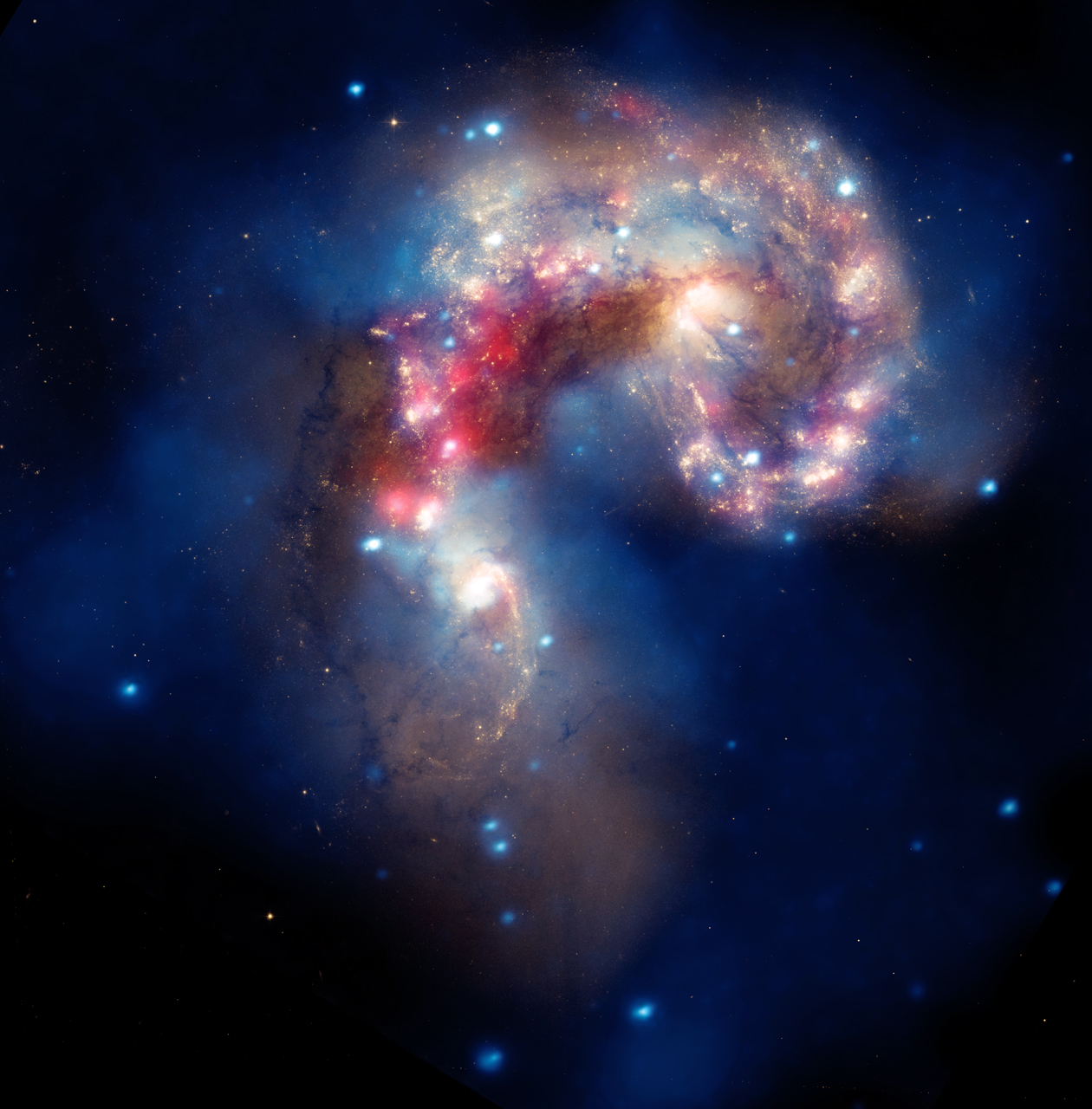
FEBRUARY 5, 2013: Working with astronomical image processors at the Space Telescope Science Institute in Baltimore, Md., renowned astrophotographer Robert Gendler has taken science data from the Hubble Space Telescope archive and combined it with his own ground-based observations to assemble a photo illustration of the magnificent spiral galaxy M106.
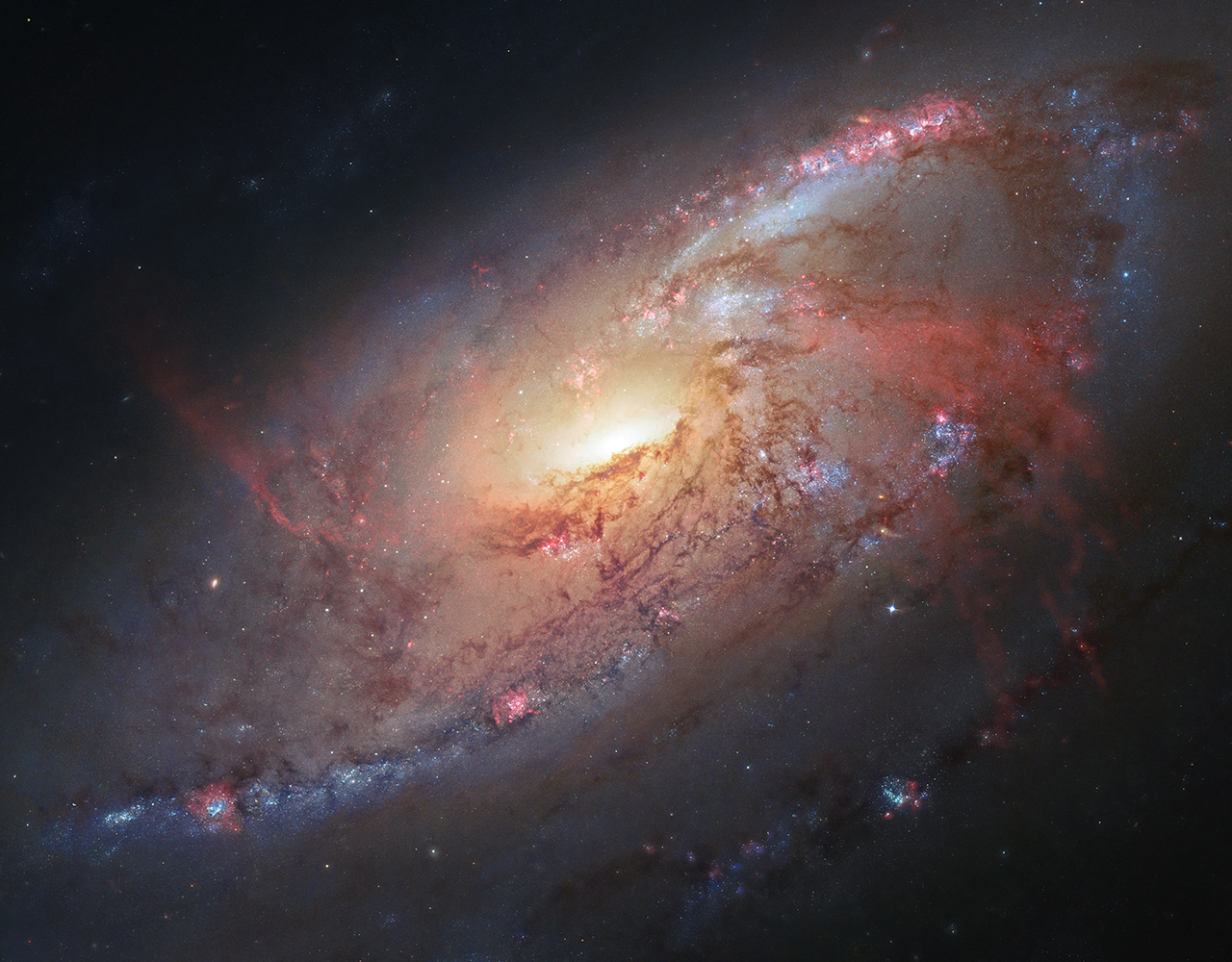
JANUARY 5, 2009: This composite color infrared image of the center of our Milky Way galaxy reveals a new population of massive stars and new details in complex structures in the hot ionized gas swirling around the central 300 light-years.
This sweeping panorama is the sharpest infrared picture ever made of the Galactic core. It offers a nearby laboratory for how massive stars form and influence their environment in the often violent nuclear regions of other galaxies.
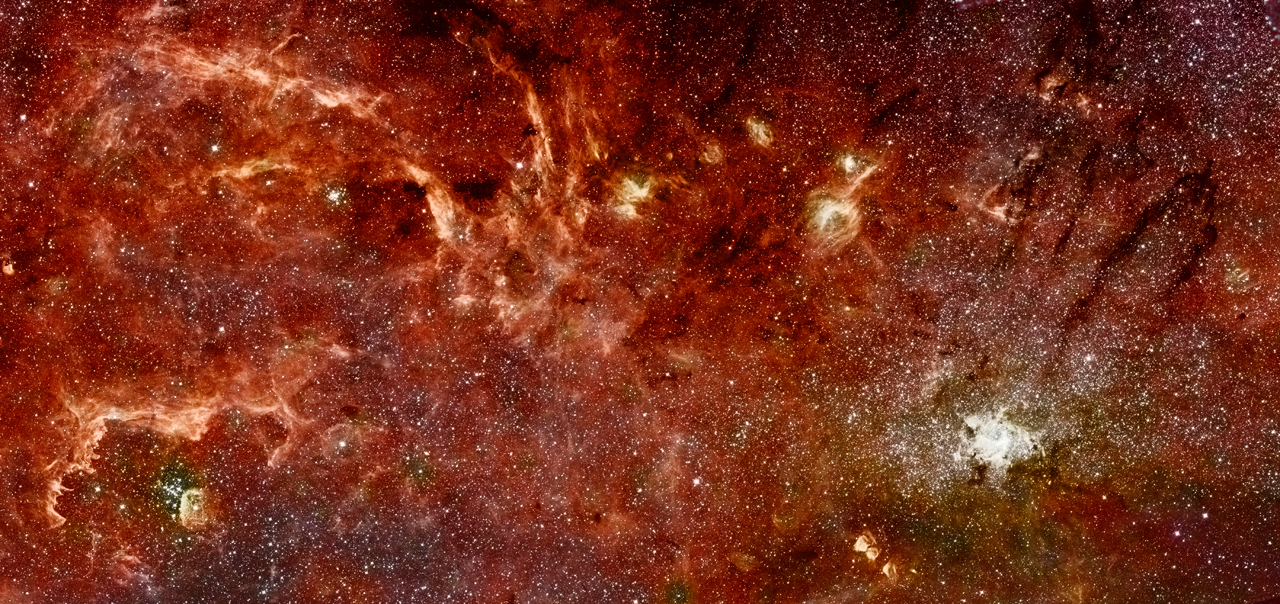
OCTOBER 30, 2008: (This image I like very much!!) These two galaxies happen to be oriented so that they appear to mark the number 10. The left-most galaxy, or the "one" in this image, is relatively undisturbed apart from a smooth ring of starlight. It appears nearly on edge to our line of sight. The right-most galaxy, resembling a zero, exhibits a clumpy, blue ring of intense star formation.
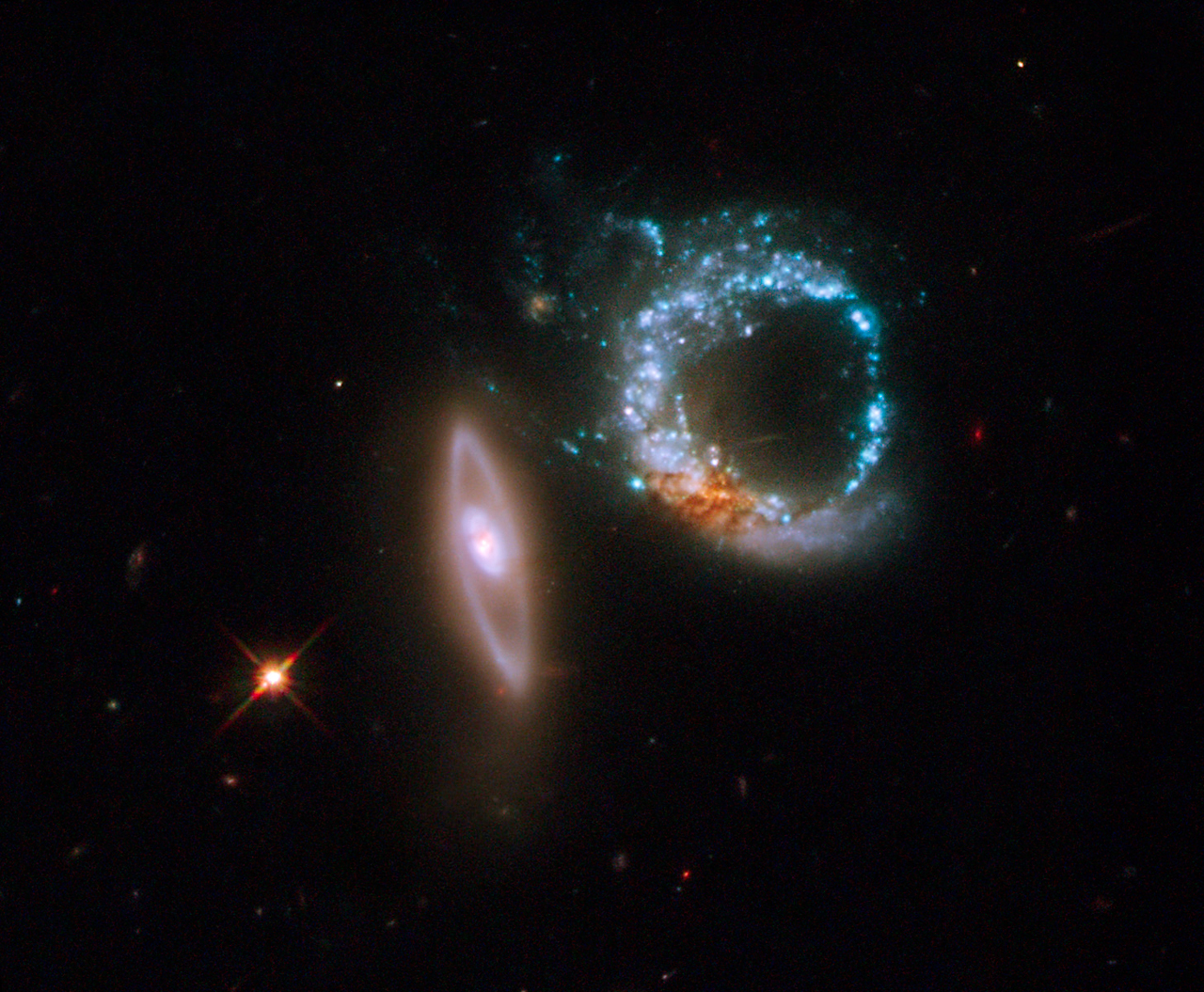
JANUARY 31, 1995: This image of the planetary nebula SuWt 2 reveals a bright ring-like structure encircling a bright central star. The central star is actually a close binary system where two stars completely circle each other every five days. The interaction of these stars and the more massive star that sheds material to create the nebula formed the ring structure.

SEPTEMBER 9, 2009:This portrait of Stephan's Quintet, also known as the Hickson Compact Group 92, was taken by the new Wide Field Camera 3 (WFC3) aboard the NASA/ESA Hubble Space Telescope. Stephan's Quintet, as the name implies, is a group of five galaxies.

AUGUST 12, 2004: In this unusual image, NASA’s Hubble Space Telescope captures a rare view of the celestial equivalent of a geode -- a gas cavity carved by the stellar wind and intense ultraviolet radiation from a hot young star.
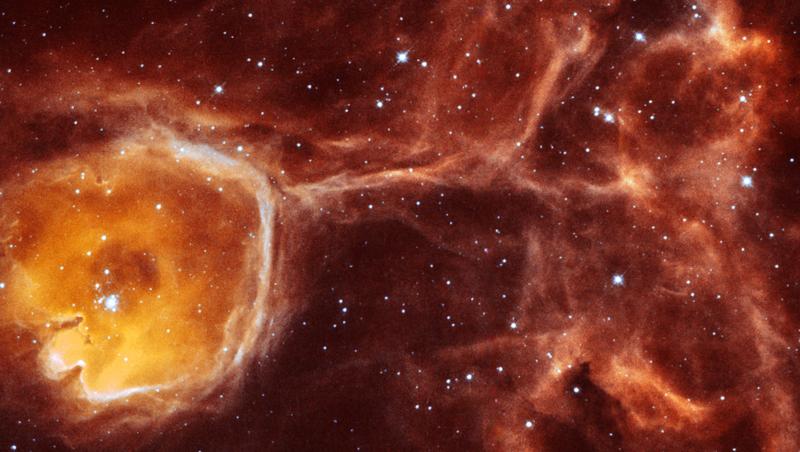
NOVEMBER 10, 2005: This image of star cluster NGC 346 and its surrounding star-formation region was taken in July 2004 with the Advanced Camera for Surveys aboard NASA's Hubble Space Telescope. Located 210,000 light-years away in the Small Magellanic Cloud (SMC), a satellite galaxy of our Milky Way, the cluster is one of the most dynamic and intricately detailed star-forming regions in space.
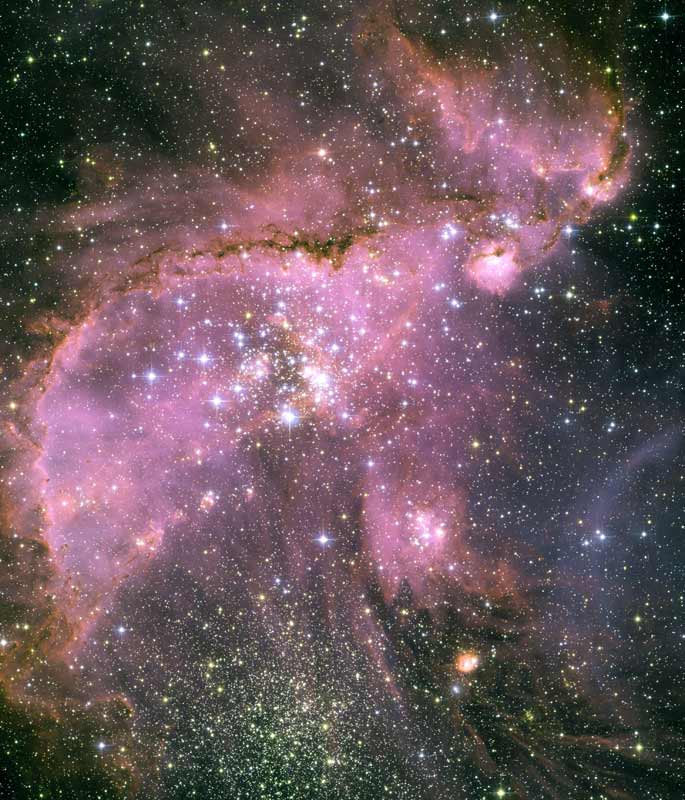
JULY 26, 2001: NASA's Hubble Space Telescope has snapped a panoramic portrait of a vast, sculpted landscape of gas and dust where thousands of stars are being born. This fertile star-forming region, called the 30 Doradus Nebula, has a sparkling stellar centerpiece: the most spectacular cluster of massive stars in our cosmic neighborhood of about 25 galaxies.
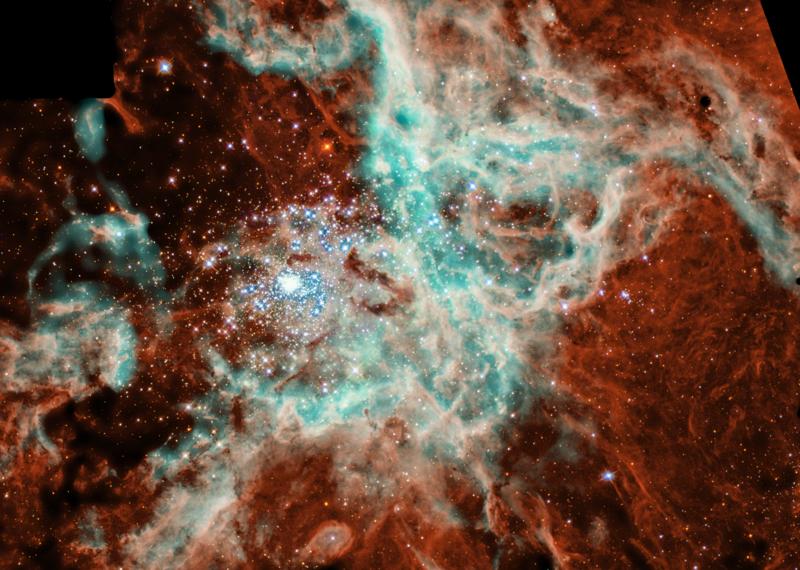
JANUARY 11, 2006: We always hear about the constellation Orion, and about Orion's Belt...even many ETs claim to be from this star system...But what does it look like in real life?
In one of the most detailed astronomical images ever produced, NASA's Hubble Space Telescope captured an unprecedented look at the Orion Nebula. This turbulent star formation region is one of astronomy's most dramatic and photogenic celestial objects.

DECEMBER 6, 2012: Bright pink nebulae almost completely encircle a spiral galaxy in this NASA/ESA Hubble Space Telescope image of NGC 922. The ring structure and the galaxy's distorted spiral shape result from a smaller galaxy scoring a cosmic bull's-eye, hitting the center of NGC 922 some 330 million years ago.
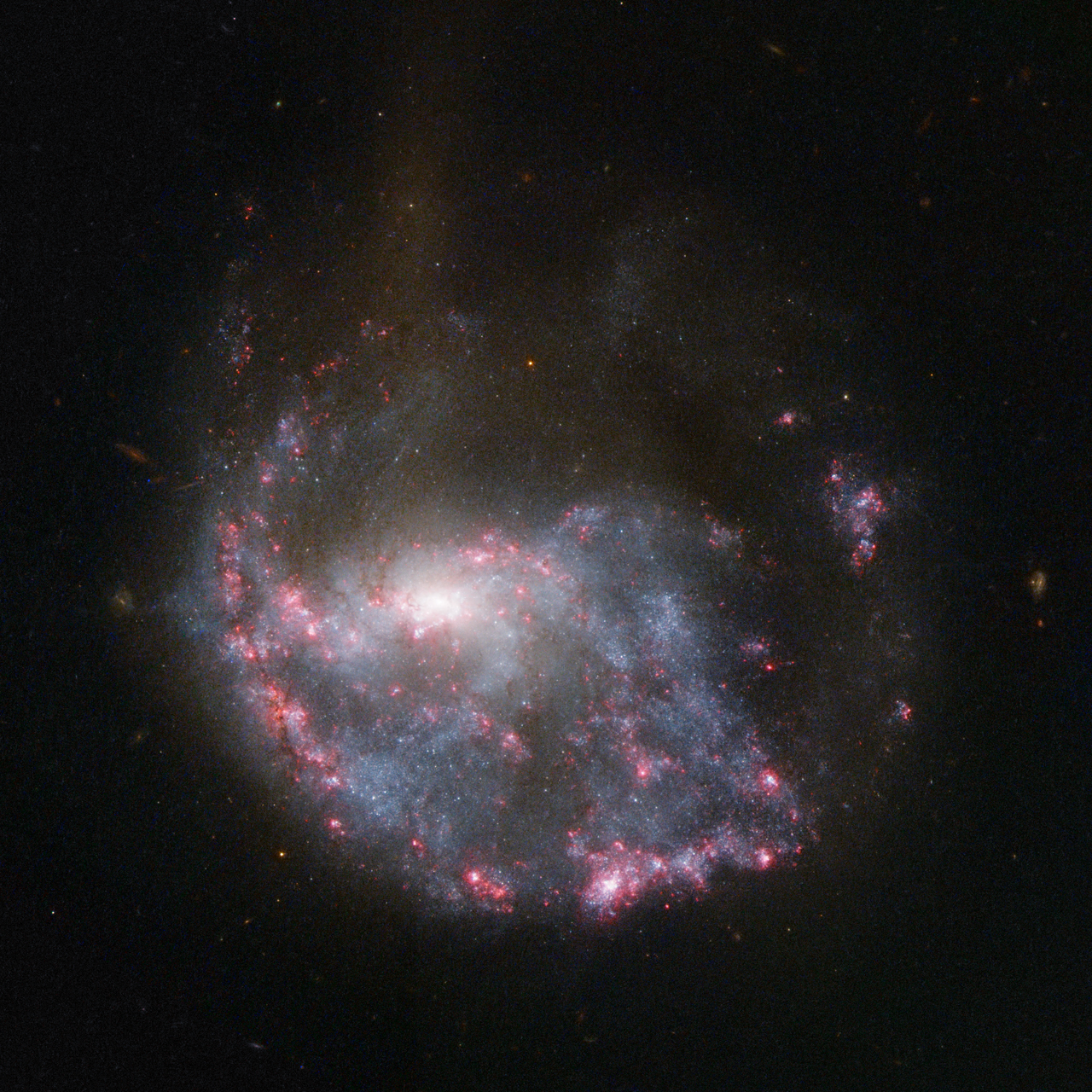
MARCH 2, 2012: Astronomers observed what appeared to be a clump of dark matter left behind during a bizarre wreck between massive clusters of galaxies. The dark matter collected into a "dark core" containing far fewer galaxies than would be expected if the dark matter and galaxies hung together.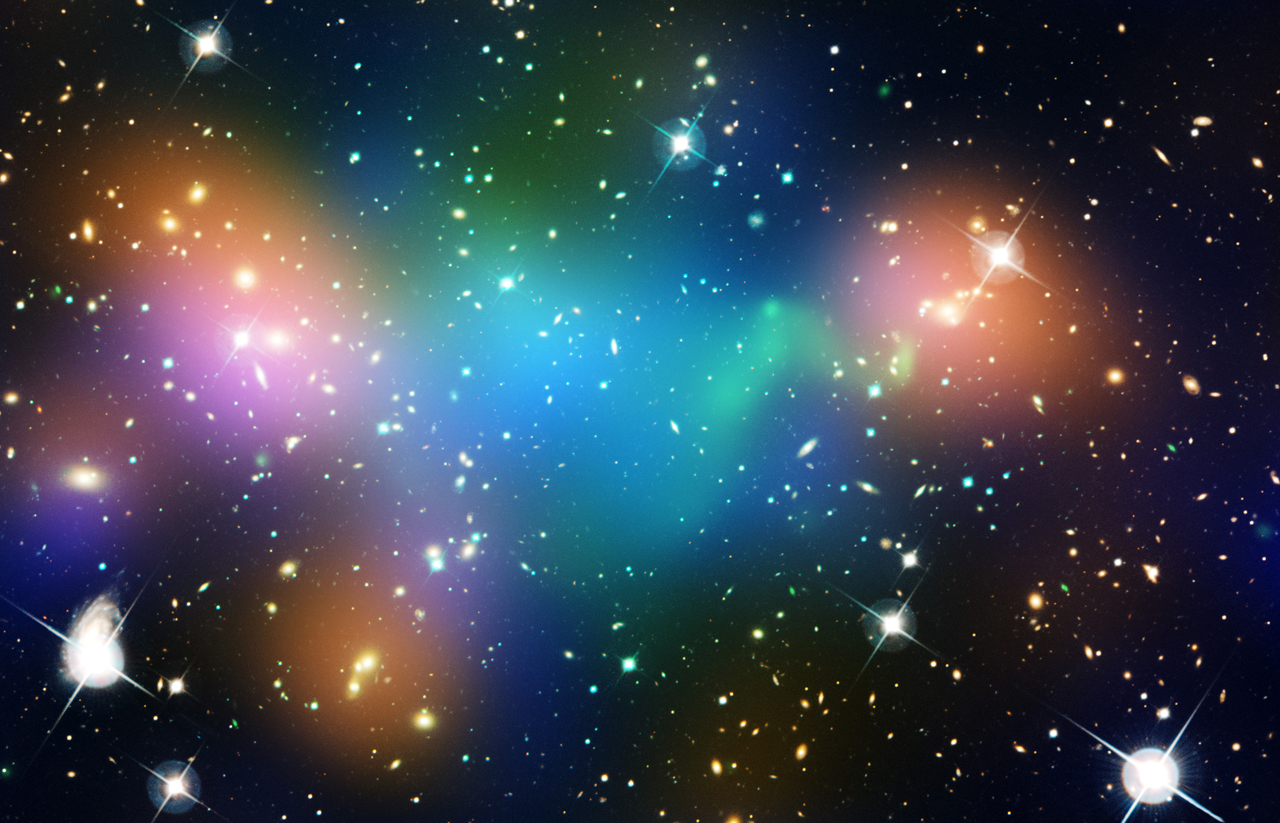
JULY 6, 2010: Like a July 4 fireworks display, a young, glittering collection of stars looks like an aerial burst. The cluster is surrounded by clouds of interstellar gas and dust—the raw material for new star formation. The nebula, located 20,000 light-years away in the constellation Carina, contains a central cluster of huge, hot stars, called NGC 3603.

Cant forget the star size chart!:
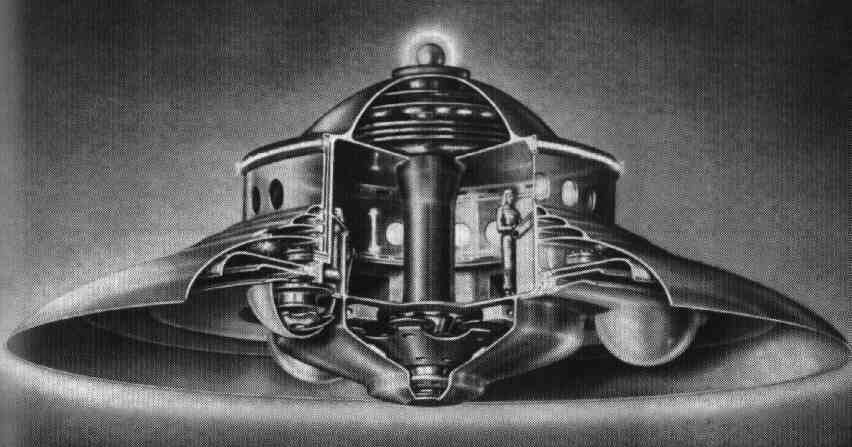
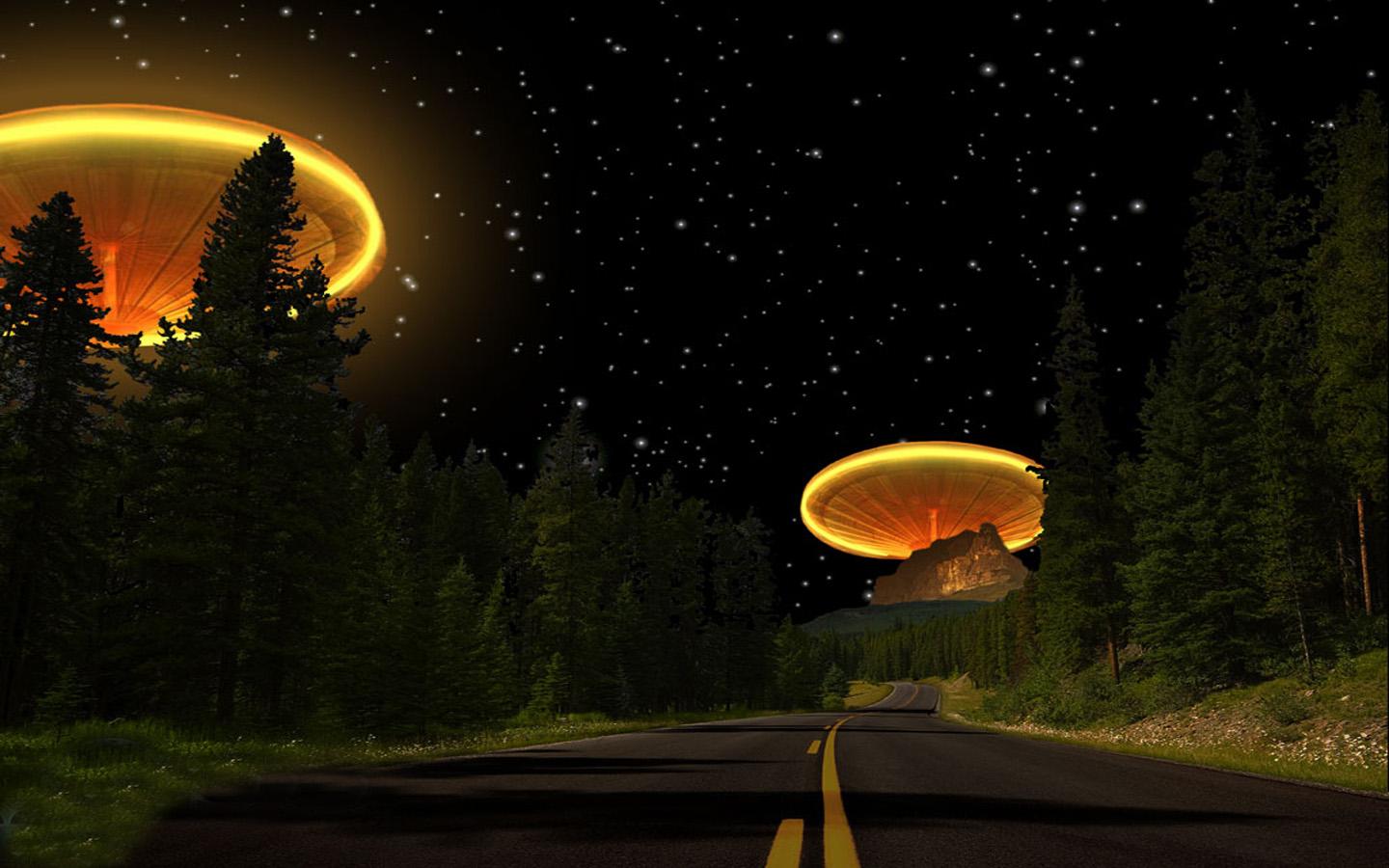

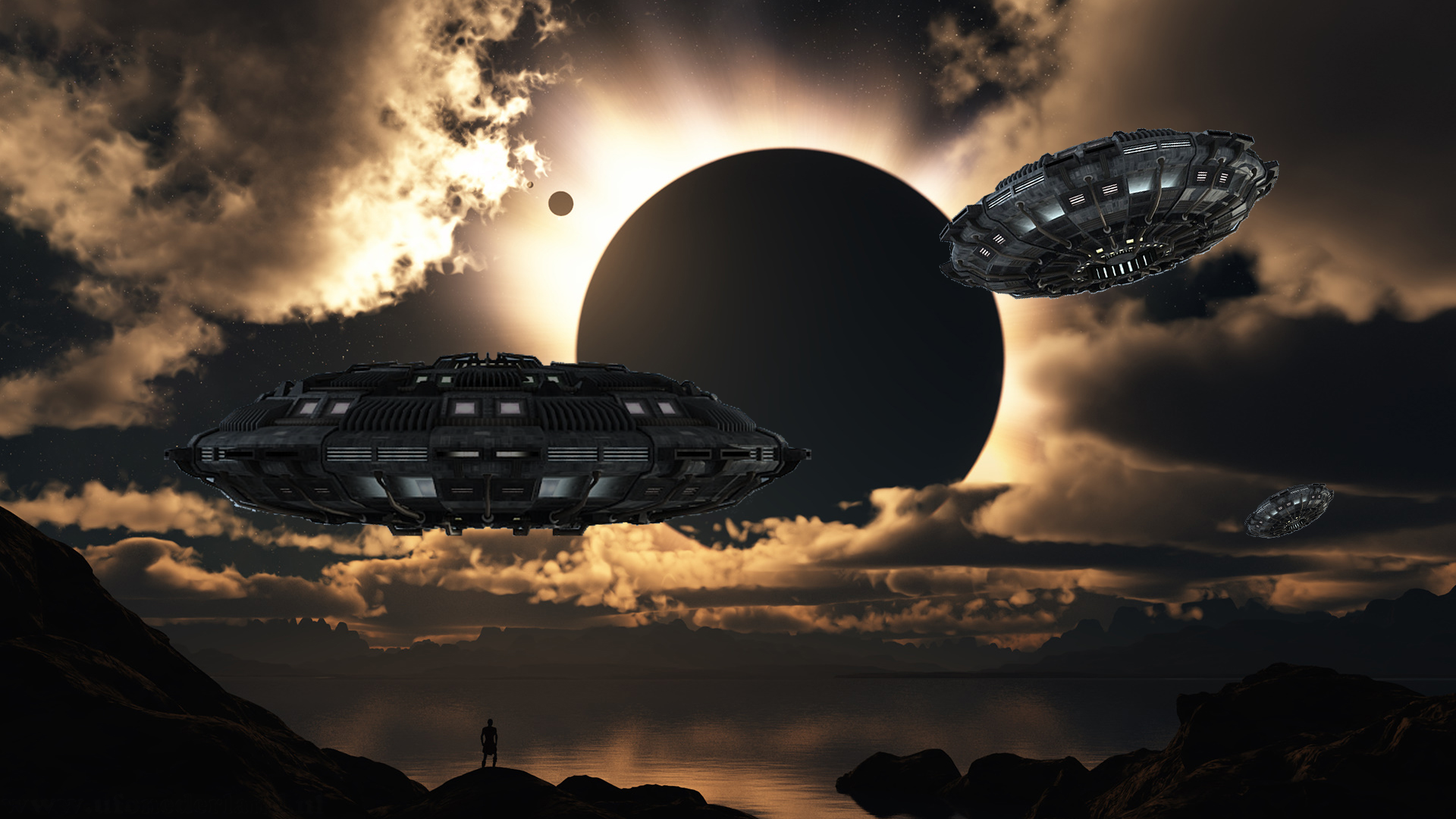
Thats it for tonight folks! Hope you Enjoyed!
OG
I thought that I was running out of material for a third thread...but apparently this universe has an endless supply of awesomeness..
Parts 1 and 2 can be found here: Part 1 and Part 2
I present part 3: There may be a few pix shown that are older, some newer, all the way up to ones taken this year..so enjoy!
******************************************************************************************************************************************************
All photos and captions are located Here
SEPTEMBER 26, 2014: On this day the sun erupted with a twisted blob of plasma that was part of a coronal mass ejection blasted into space.
These kinds of eruptions are usually caused by a disruption of powerful magnetic forces. The material seen here is ionized Helium at 60,000 degrees C. with wonderful details courtesy of NASA's Solar Dynamics Observatory showing the Sun in a wavelength of extreme UV light.

MAY 15, 2007: Astronomers using NASA's Hubble Space Telescope have discovered a ghostly ring of dark matter that formed long ago during a titanic collision between two massive galaxy clusters. The ring's discovery is among the strongest evidence yet that dark matter exists.

JANUARY 9, 2014: This huge Hubble Space Telescope mosaic, spanning a width of 600 light-years, shows a star factory of more the 800,000 stars being born.
The stars are embedded inside the Tarantula Nebula, a vibrant region of star birth that resides 170,000 light-years away in the Large Magellanic Cloud, a small, satellite galaxy of our Milky Way.

AUGUST 5, 2010: A beautiful new image of two colliding galaxies has been released by NASA's Great Observatories. The Antennae galaxies, located about 62 million light-years from Earth, are shown in this composite image from the Chandra X-ray Observatory (blue), the Hubble Space Telescope (gold and brown), and the Spitzer Space Telescope (red).

FEBRUARY 5, 2013: Working with astronomical image processors at the Space Telescope Science Institute in Baltimore, Md., renowned astrophotographer Robert Gendler has taken science data from the Hubble Space Telescope archive and combined it with his own ground-based observations to assemble a photo illustration of the magnificent spiral galaxy M106.

JANUARY 5, 2009: This composite color infrared image of the center of our Milky Way galaxy reveals a new population of massive stars and new details in complex structures in the hot ionized gas swirling around the central 300 light-years.
This sweeping panorama is the sharpest infrared picture ever made of the Galactic core. It offers a nearby laboratory for how massive stars form and influence their environment in the often violent nuclear regions of other galaxies.

OCTOBER 30, 2008: (This image I like very much!!) These two galaxies happen to be oriented so that they appear to mark the number 10. The left-most galaxy, or the "one" in this image, is relatively undisturbed apart from a smooth ring of starlight. It appears nearly on edge to our line of sight. The right-most galaxy, resembling a zero, exhibits a clumpy, blue ring of intense star formation.

JANUARY 31, 1995: This image of the planetary nebula SuWt 2 reveals a bright ring-like structure encircling a bright central star. The central star is actually a close binary system where two stars completely circle each other every five days. The interaction of these stars and the more massive star that sheds material to create the nebula formed the ring structure.

SEPTEMBER 9, 2009:This portrait of Stephan's Quintet, also known as the Hickson Compact Group 92, was taken by the new Wide Field Camera 3 (WFC3) aboard the NASA/ESA Hubble Space Telescope. Stephan's Quintet, as the name implies, is a group of five galaxies.

AUGUST 12, 2004: In this unusual image, NASA’s Hubble Space Telescope captures a rare view of the celestial equivalent of a geode -- a gas cavity carved by the stellar wind and intense ultraviolet radiation from a hot young star.

NOVEMBER 10, 2005: This image of star cluster NGC 346 and its surrounding star-formation region was taken in July 2004 with the Advanced Camera for Surveys aboard NASA's Hubble Space Telescope. Located 210,000 light-years away in the Small Magellanic Cloud (SMC), a satellite galaxy of our Milky Way, the cluster is one of the most dynamic and intricately detailed star-forming regions in space.

JULY 26, 2001: NASA's Hubble Space Telescope has snapped a panoramic portrait of a vast, sculpted landscape of gas and dust where thousands of stars are being born. This fertile star-forming region, called the 30 Doradus Nebula, has a sparkling stellar centerpiece: the most spectacular cluster of massive stars in our cosmic neighborhood of about 25 galaxies.

JANUARY 11, 2006: We always hear about the constellation Orion, and about Orion's Belt...even many ETs claim to be from this star system...But what does it look like in real life?
In one of the most detailed astronomical images ever produced, NASA's Hubble Space Telescope captured an unprecedented look at the Orion Nebula. This turbulent star formation region is one of astronomy's most dramatic and photogenic celestial objects.

DECEMBER 6, 2012: Bright pink nebulae almost completely encircle a spiral galaxy in this NASA/ESA Hubble Space Telescope image of NGC 922. The ring structure and the galaxy's distorted spiral shape result from a smaller galaxy scoring a cosmic bull's-eye, hitting the center of NGC 922 some 330 million years ago.

MARCH 2, 2012: Astronomers observed what appeared to be a clump of dark matter left behind during a bizarre wreck between massive clusters of galaxies. The dark matter collected into a "dark core" containing far fewer galaxies than would be expected if the dark matter and galaxies hung together.

JULY 6, 2010: Like a July 4 fireworks display, a young, glittering collection of stars looks like an aerial burst. The cluster is surrounded by clouds of interstellar gas and dust—the raw material for new star formation. The nebula, located 20,000 light-years away in the constellation Carina, contains a central cluster of huge, hot stars, called NGC 3603.

Cant forget the star size chart!:




Thats it for tonight folks! Hope you Enjoyed!
OG
edit on 10-14-2014 by OrionsGem because: (no reason given)
Awesome pictures yet again OrionsGem, most of those pictures just goes to show how insignificant we actually are here on planet Earth.
Somewhere in one of those galaxy's is a species probably thinking the same thing...
Somewhere in one of those galaxy's is a species probably thinking the same thing...
Great pics ,
It just makes me wonder more ,that we know jack about reality , and why it's all happening? , what is it here for?, and I bet in those pics there is at least a million civilisations there .
It just makes me wonder more ,that we know jack about reality , and why it's all happening? , what is it here for?, and I bet in those pics there is at least a million civilisations there .
# me
Those are some amazing pictures. Ya to think, millions of civilizations, blows your mind.
Those are some amazing pictures. Ya to think, millions of civilizations, blows your mind.
edit on 14-10-2014 by nrd101 because: (no
reason given)
new topics
-
The good, the Bad and the Ugly!
Diseases and Pandemics: 27 minutes ago -
Russian intelligence officer: explosions at defense factories in the USA and Wales may be sabotage
Weaponry: 2 hours ago -
African "Newcomers" Tell NYC They Don't Like the Free Food or Shelter They've Been Given
Social Issues and Civil Unrest: 3 hours ago -
Russia Flooding
Other Current Events: 5 hours ago -
MULTIPLE SKYMASTER MESSAGES GOING OUT
World War Three: 5 hours ago -
Two Serious Crimes Committed by President JOE BIDEN that are Easy to Impeach Him For.
US Political Madness: 6 hours ago -
911 emergency lines are DOWN across multiple states
Breaking Alternative News: 6 hours ago -
Former NYT Reporter Attacks Scientists For Misleading Him Over COVID Lab-Leak Theory
Education and Media: 8 hours ago -
Why did Phizer team with nanobot maker
Medical Issues & Conspiracies: 9 hours ago -
Pro Hamas protesters at Columbia claim hit with chemical spray
World War Three: 9 hours ago
top topics
-
Go Woke, Go Broke--Forbes Confirms Disney Has Lost Money On Star Wars
Movies: 13 hours ago, 13 flags -
Pro Hamas protesters at Columbia claim hit with chemical spray
World War Three: 9 hours ago, 11 flags -
Elites disapearing
Political Conspiracies: 11 hours ago, 9 flags -
Freddie Mercury
Paranormal Studies: 13 hours ago, 7 flags -
African "Newcomers" Tell NYC They Don't Like the Free Food or Shelter They've Been Given
Social Issues and Civil Unrest: 3 hours ago, 6 flags -
A Personal Cigar UFO/UAP Video footage I have held onto and will release it here and now.
Aliens and UFOs: 11 hours ago, 5 flags -
Two Serious Crimes Committed by President JOE BIDEN that are Easy to Impeach Him For.
US Political Madness: 6 hours ago, 5 flags -
Russian intelligence officer: explosions at defense factories in the USA and Wales may be sabotage
Weaponry: 2 hours ago, 4 flags -
911 emergency lines are DOWN across multiple states
Breaking Alternative News: 6 hours ago, 4 flags -
Former NYT Reporter Attacks Scientists For Misleading Him Over COVID Lab-Leak Theory
Education and Media: 8 hours ago, 4 flags
active topics
-
Russian intelligence officer: explosions at defense factories in the USA and Wales may be sabotage
Weaponry • 28 • : RussianTroll -
MULTIPLE SKYMASTER MESSAGES GOING OUT
World War Three • 15 • : cherokeetroy -
Two Serious Crimes Committed by President JOE BIDEN that are Easy to Impeach Him For.
US Political Madness • 8 • : theatreboy -
A Personal Cigar UFO/UAP Video footage I have held onto and will release it here and now.
Aliens and UFOs • 10 • : Hakaiju -
Revolution in advertising: the Russians launched a unique satellite
Science & Technology • 70 • : Kurokage -
The good, the Bad and the Ugly!
Diseases and Pandemics • 0 • : PrivateAngel -
African "Newcomers" Tell NYC They Don't Like the Free Food or Shelter They've Been Given
Social Issues and Civil Unrest • 5 • : sine.nomine -
Russia Flooding
Other Current Events • 2 • : Hakaiju -
God is watching.
Politicians & People • 27 • : PrivateAngel -
Mood Music Part VI
Music • 3051 • : BrucellaOrchitis
11
